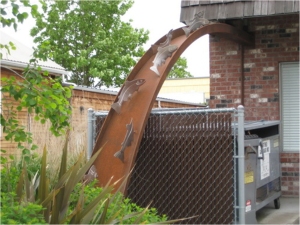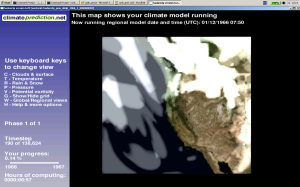CORVALLIS, Ore. – The health of fish and wildlife and the quality of the water they call home depend in large measure on the trees and shrubs that grow in riparian areas along streams and riverbanks.
Although the task is not easy, riparian areas that are damaged can be replanted. Six manageable steps are detailed in a comprehensive Oregon State University guide written by OSU Extension foresters Glenn Ahrens, Max Bennett and Brad Withrow-Robinson.
The new 27-page booklet, “A Guide to Riparian Tree and Shrub Planting in the Willamette Valley: Steps to Success,” is available free from OSU Extension online at: http://bit.ly/OSUESem9040
In healthy riparian areas, plants help control erosion and trees give shade to cool the water. Leaves and insects drop into the water to feed fish, and migratory songbirds nest in well-developed shrub layers.
Efforts to restore riparian areas in Oregon have become more common during the last several years, Withrow-Robinson said. But the success of riparian plantings varies widely, and some fail.
“Problems arrive because seedling survival and growth are often poor, competition from weeds can be high, soil texture can vary widely and animal damage is common,” Withrow-Robinson said.
To help landowners, watershed councils and others avoid the obstacles, the guide gives information specific to the Willamette Valley, Withrow-Robinson said. “The valley is particularly challenging because summers are hot and dry and streams run through agricultural and urban areas that have been modified.”
The guide explains how to understand a watershed and what it needs the most.
“In western Oregon, warm stream water usually is the primary water-quality issue,” Withrow-Robinson said. The authors recommend that landowners examine their site and identify specific challenges such as frequent flooding, poorly drained soils and types of weeds.
Information tables in the guide compare characteristics of several seedling and stock species that flourish in the Willamette Valley and which plants and trees have a high tolerance to flooding, drought and shade. Because it’s important that planting is done right, the guide gives specifics on how to handle seedlings carefully, plant during the winter dormant season and use proper tools.
It also specifies how to minimize erosion, control weeds, prevent animal damage and consider if irrigation is needed.






